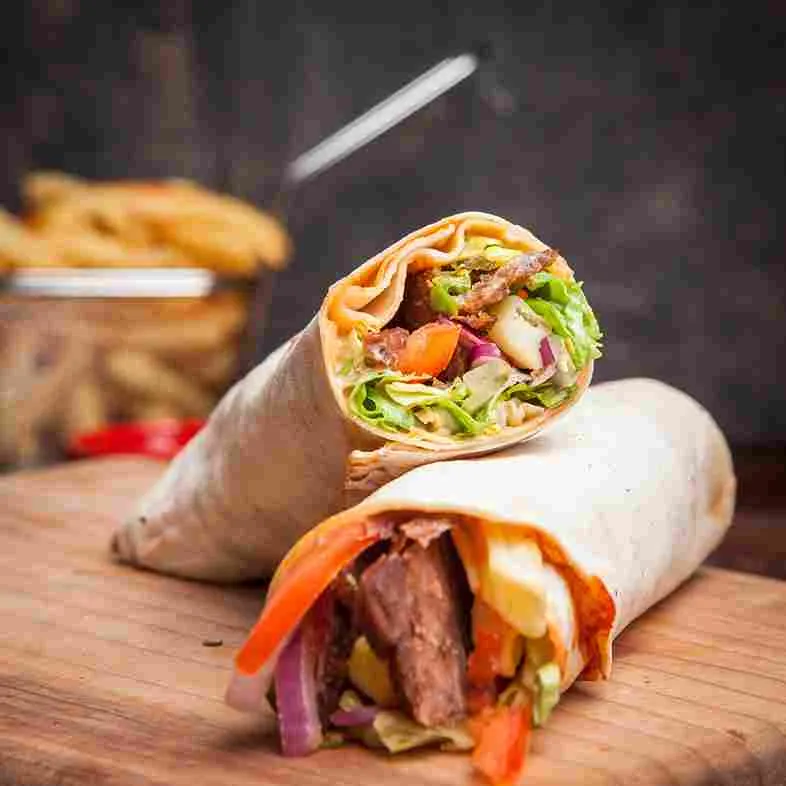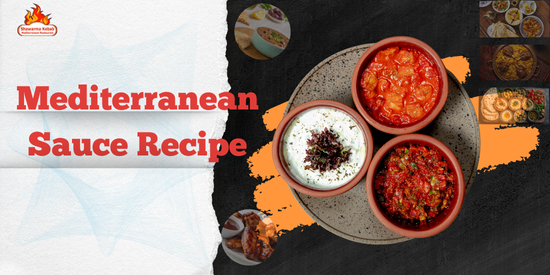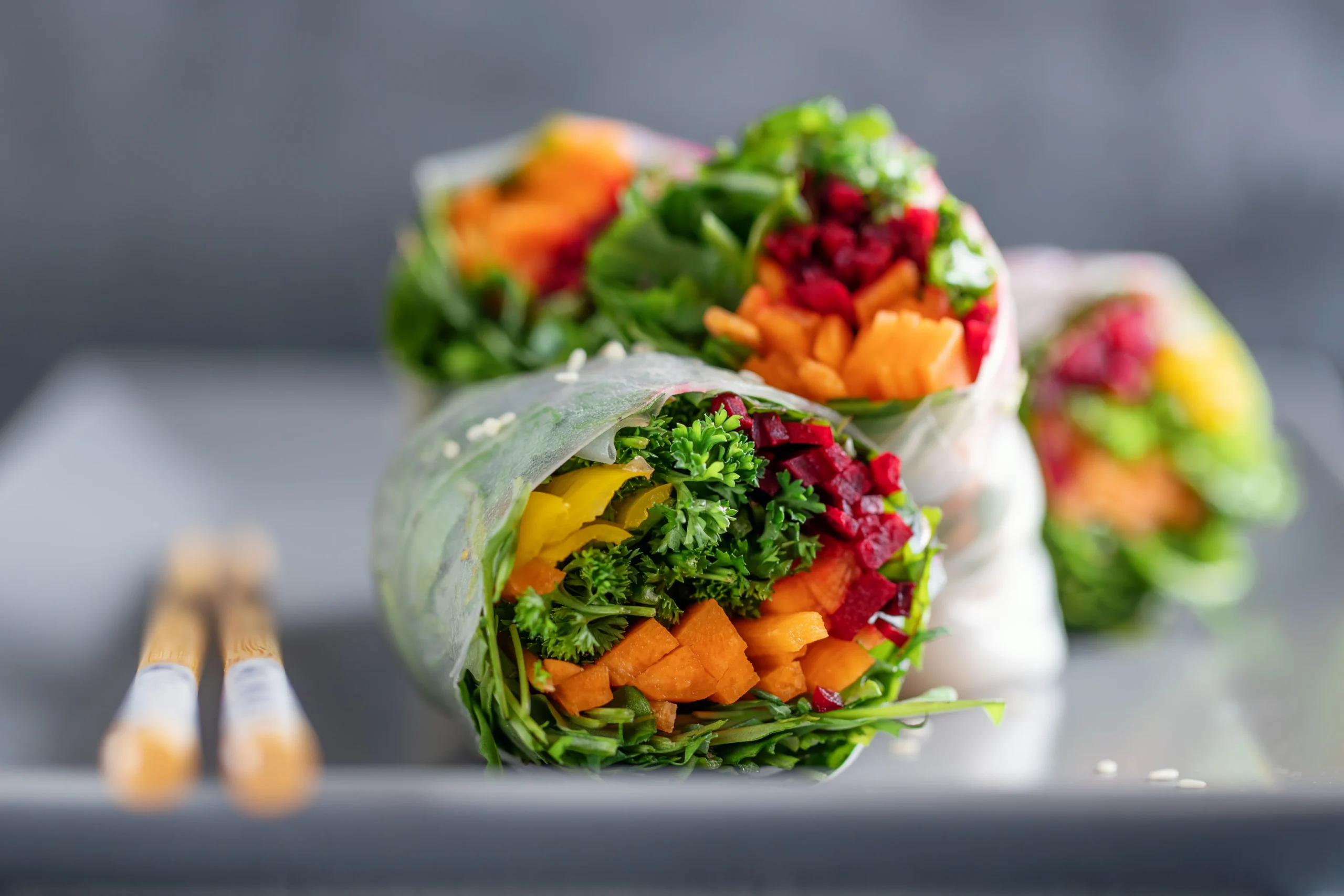If you’ve ever been torn between ordering a shawarma or a gyro, you’re not alone. These two mouthwatering dishes, often found in Mediterranean and Middle Eastern cuisine, share similarities but are distinctly unique. The way that these dishes are prepared is similar as well, but it is important to point out the distinctive difference between shawarma and gyro, which can enrich your knowledge of different foods and can improve your culinary experience. Understanding their unique cultural origins can deepen your appreciation for these culinary delights.
Origins and History | Difference Between Shawarma and Gyro

Shawarma
Shawarma, with its roots in the Middle East, particularly in areas like Lebanon, Turkey, and the Levant region, has evolved into a global favorite. Its name comes from the Turkish word ‘şevirme,’ meaning “turning,” which reflects its preparation method. The influence of the Turkish döner kebab can be seen in its preparation, and its variations, such as chicken shawarma, lamb shawarma, and beef shawarma, are enjoyed by food enthusiasts worldwide.
Gyro
The gyro, on the other hand, is from Greece. Its name is derived from the Greek word ‘gyros,’ meaning “circle” or “turn.” Like shawarma, it has a spinning preparation method but boasts Greek-specific flavors and ingredients. The gyro became popular internationally, especially in places like the USA, where it’s a staple in Greek-American cuisine.
Preparation Methods
Both shawarma and gyro are prepared on a vertical rotisserie, where meat is stacked, marinated, and cooked slowly as it turns. The difference between shawarma and gyro lies in the type of meat, spices, and seasonings used to prepare them. When it comes to shawarma, it is made up of chicken, lamb, or beef.
The marinade is a mixture of Middle Eastern spices such as turmeric, cumin, cardamom, and cinnamon. These spices infuse the meat with a rich, aromatic flavor profile. It is served in wraps, on plates, or over rice. On the other hand, gyro is made up of mostly lamb and beef, though chicken gyros are also standard. The seasoning features Greek flavors like oregano, garlic, and rosemary.
Serving Style
Both dishes are served with an array of accompaniments, but the differences in toppings and sauces further distinguish them:
- Shawarma: Shawarma is often served in a flatbread wrap or pita, accompanied by tahini, garlic sauce, or hummus. Common toppings include pickled vegetables, lettuce, tomato, and sometimes fries. In some regions, shawarma is paired with a side of rice or salad for a complete meal.
- Gyro: A gyro is typically served in a pita with a generous helping of tzatziki sauce (a yogurt-based cucumber sauce). Toppings include tomatoes, onions, and occasionally fries, all wrapped tightly for a handheld delight.
Gyro vs Shawarma Taste
When it comes to the flavor profiles of gyro and shawarma, they are as distinct as their cultural origins, so you can also know the difference between shawarma and gyro taste:
- Gyro: The Greek herbs and yogurt-based tzatziki sauce lend a fresh and tangy flavor to the gyro. Its slightly lighter seasoning makes it appealing to those who prefer a milder taste.
- Shawarma: Shawarma’s bold and complex spice mix creates a deep, savory flavor. The addition of garlic or tahini sauce complements the richness of the meat, making it a hearty and satisfying option.
Doner Kebab
People are more familiar with gyros and shawarma, which are more commonly known, but döner kebab also shares similarities with these dishes. It originated in Turkey and is the predecessor to both shawarma and gyro. The way that doner kebab is prepared is different from The key difference lies in its preparation and regional adaptations:
- Döner: Usually served as a sandwich or platter with a variety of condiments like yogurt sauce or spicy red sauce.
- Gyro: A Greek adaptation of döner with unique Greek seasonings and tzatziki sauce.
- Shawarma: A Middle Eastern take on döner with an emphasis on bold spices and tahini-based sauces.
Halal Gyros, Shawarma, and Biryani
In many restaurants, halal versions of these dishes are available, ensuring the meat is prepared according to Islamic dietary laws. Halal shawarma and gyros are particularly popular in regions with significant Muslim populations. Similarly, biryani, which is a fragrant rice dish, often complements these items on menus, offering a fusion of Mediterranean and South Asian flavors.
FAQs | Difference Between Shawarma and Gyro
Are shawarma and gyro the same?
No, shawarma and gyro are not the same. While both are prepared on a vertical rotisserie, their origins, spices, and serving styles differ significantly. Shawarma has Middle Eastern roots with bold spices, while gyro is Greek with a lighter flavor profile.
What is shawarma called in the USA?
In the USA, shawarma is typically referred to by its original name, “shawarma.” However, in some regions, it might be mistaken for similar dishes like gyro or döner kebab.
Is gyro or shawarma healthier?
The healthiness of either dish depends on preparation methods and portion size. Shawarma often uses leaner meats and fewer binders, while gyro meat sometimes includes fillers like breadcrumbs. Choosing grilled over fried toppings can also impact calorie content.
Knowing the difference between shawarma and gyro can enrich your knowledge of different foods and can improve your culinary experience. If you are looking for authentic Mediterranean and Middle Eastern food in Pennsylvania, you should visit Shawarma Kebab, which is a family-owned restaurant serving Mediterranean and Middle Eastern food. They are devoted to preparing halal meat and serving delicious food. Visit their restaurant now to enhance your culinary experience.







